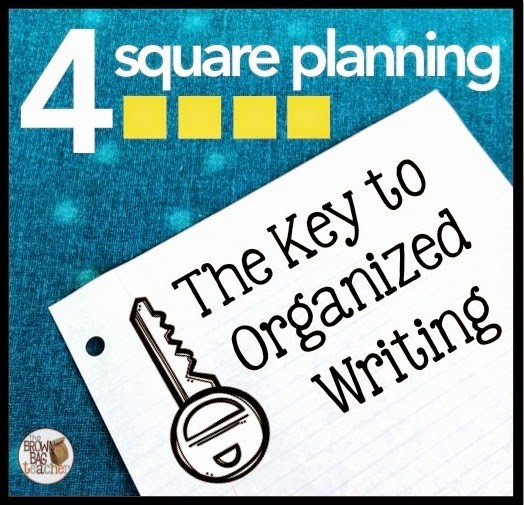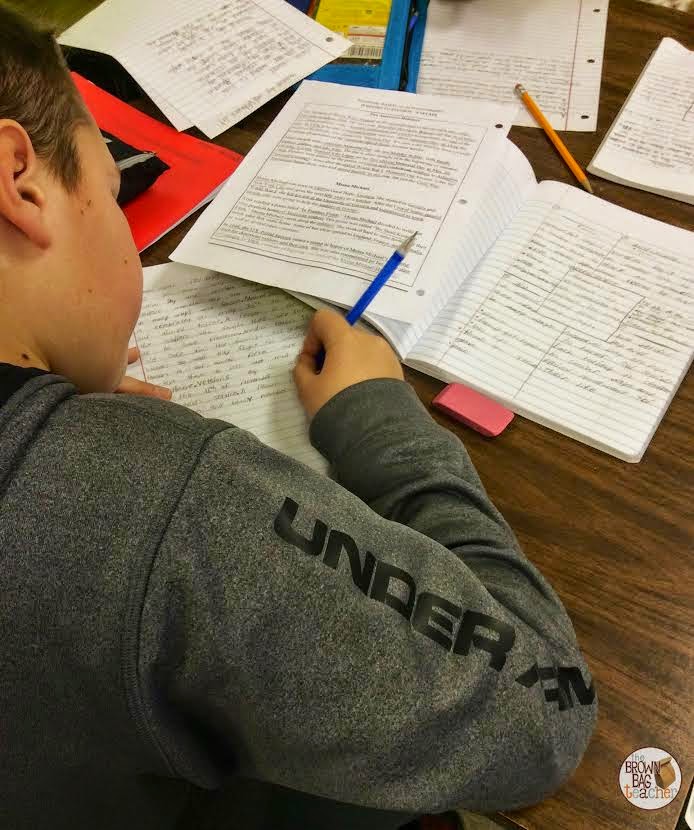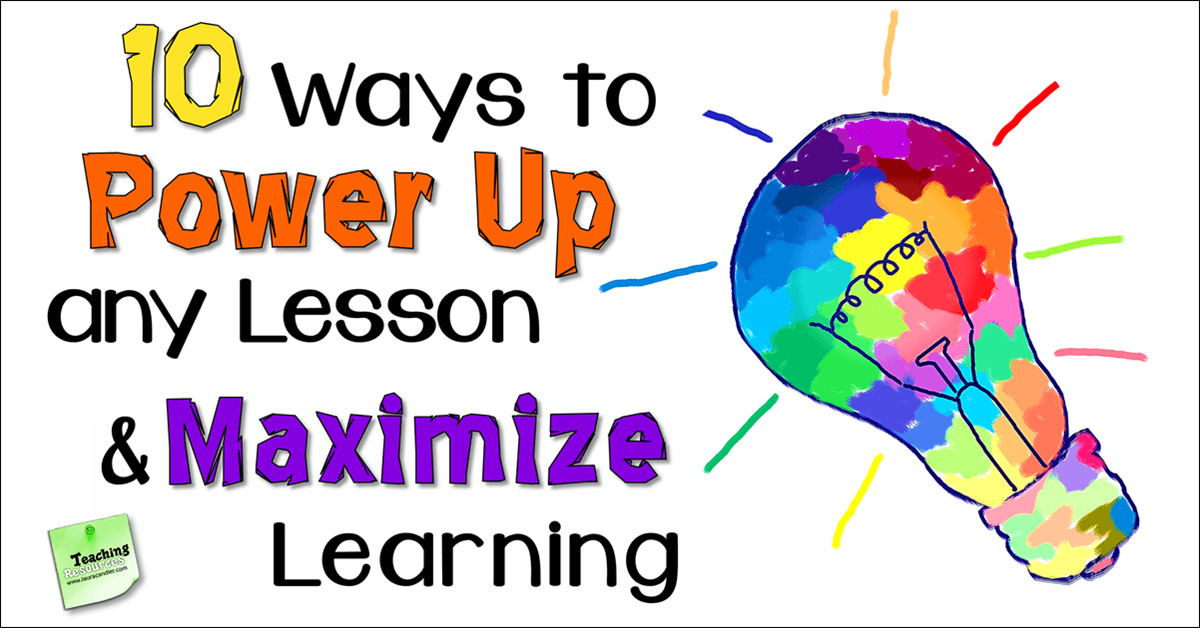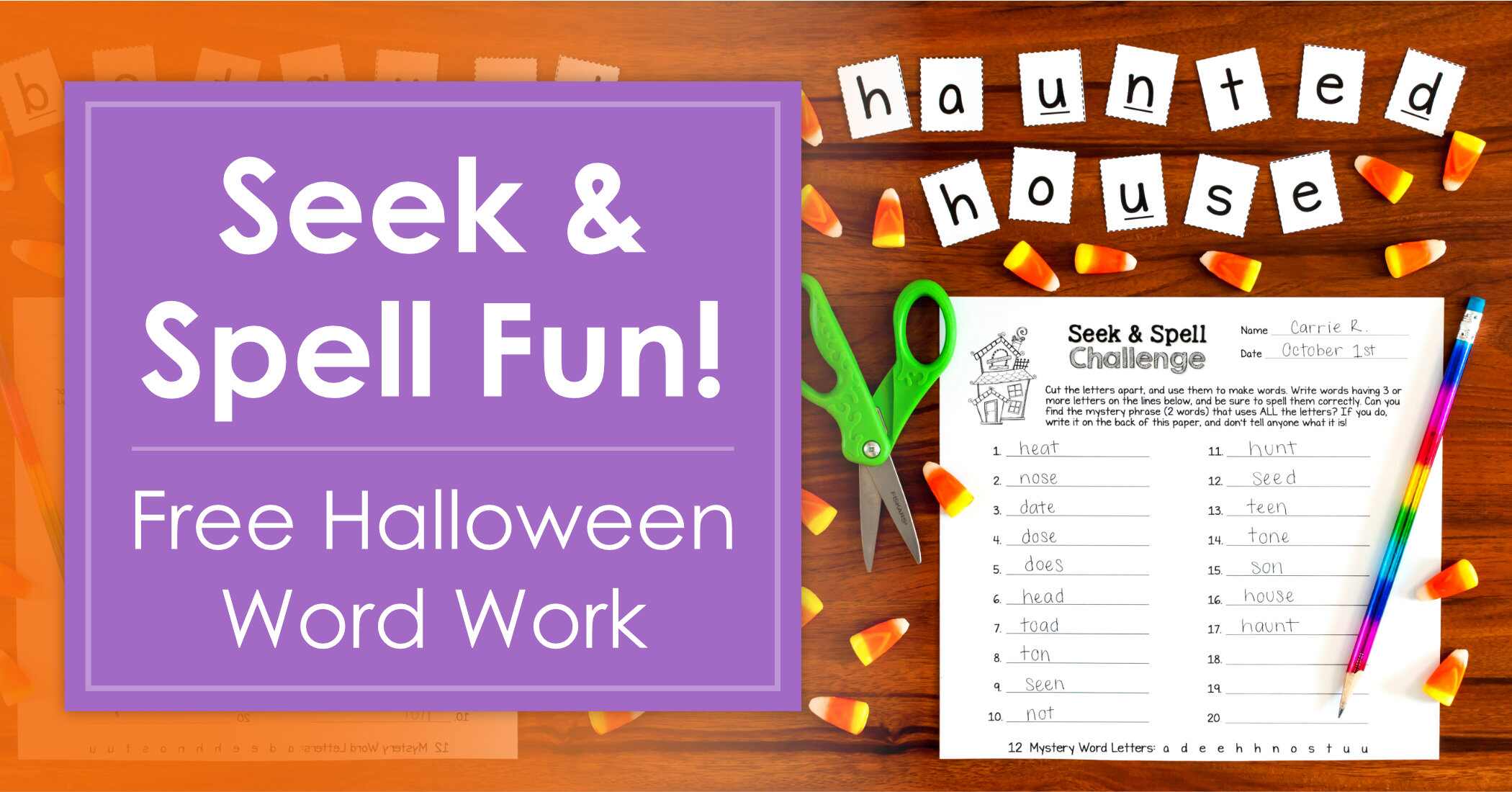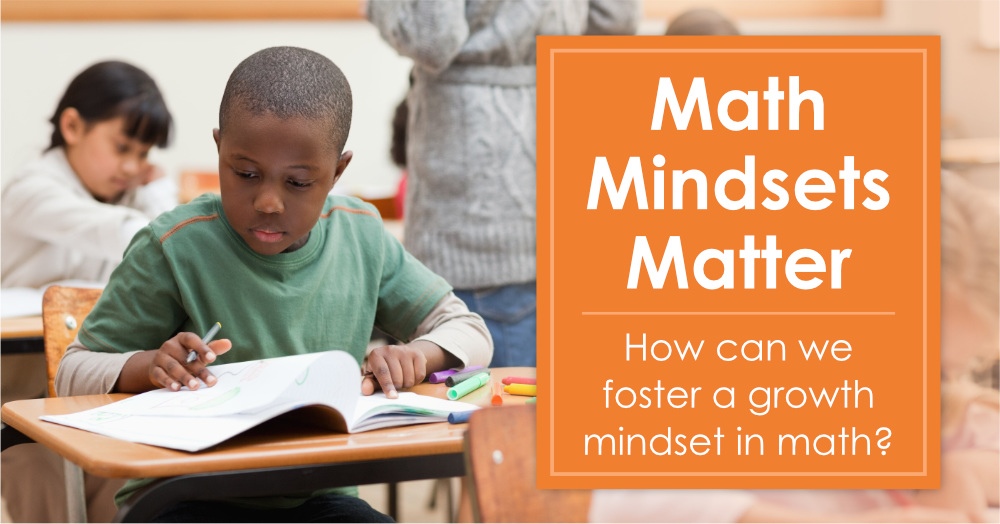Guest post by Catherine Reed, the Brown Bag Teacher
As a fifth-grade ELA teacher, I spent many hours writing together with my students. We worked on developing ideas, learning writing conventions, giving opinions, and most importantly, organizing our thoughts.
My students were expected to learn three differentiated classes of writing, and my lowest writers really struggled with the execution of ideas.
My students knew what they wanted to say but struggled to write it in a logical, organized manner that allowed others to understand. Throughout our first 9 weeks together, I tried planner after planner including a pyramid planner, a traditional main idea planner, genre-specific planners, etc., and found that these planners did not work for my students.
I was blessed to visit a neighboring school which has shown tremendous growth in their on-demand writing scores and I asked questions. My first question – How do you teach students to plan? The answer – Schoolwide (K-5) we use a 4-Square Planner. So, back to 5th grade I went and introduced the 4-square planner, this time, very successfully.
While my gut feeling was to provide my students with a printed planner that they would ‘fill in’, I fought it. My 5th graders (even my lowest writers) needed ownership in the process and were very capable of creating the planner themselves. Additionally, on state testing, my students definitely wouldn’t be given a pre-printed planner; we needed to practice like we play. The format went like these – a horizontal and vertical line down the middle, a small box in the center of the paper. Below is a typed version of the planner. If you would like like it for your reference, you may grab it below from DropBox.
Below is an example of a template planner for Opinion Writing. The great part of the 4-square planner is that it’s not mode-specific. We used this planner for opinion writing, narrative writing, and inform/explain writing. We could meet and teach all components of the Common Core Writing Standards through this one planner.
Some students choose to write a very detailed plan, methodically recording their ideas on the planner and then, on their formal writing piece. While others include a main idea for each paragraph (required by me) and then, a main word/idea for each supporting detail. When students wrote an entire piece, I wanted to see the following things on their planner: a full thesis, 3 main ideas, and at least 2 supporting details/words in each box/paragraph.
Using the 4-square planner, I found many students preferred to fill in the 4th box (the conclusion) only after they had written the bulk of their piece. once their piece has substance, they would then return to the planner to play around with their ideas and anchor their ideas.
Ultimately, we give a planner format to help guide their work and organize their thoughts, but as they grow as writers, students must learn what works best for them (How do I best organize my thoughts? How thoroughly do I need to plan? How long does it take for me to plan vs. write?). After much practice and modeling, students then have ownership over their writing process and know what parts of the planner work for them. It’s at this point that we as teachers have to give up control and trust our students.
Catherine Reed is a former fifth grade ELA teacher in central Kentucky and is now visiting first grade for her second year of teaching. Catherine blogs at The Brown Bag Teacher where she shares ideas for creating learning experiences and integrating technology in the everyday classroom!

